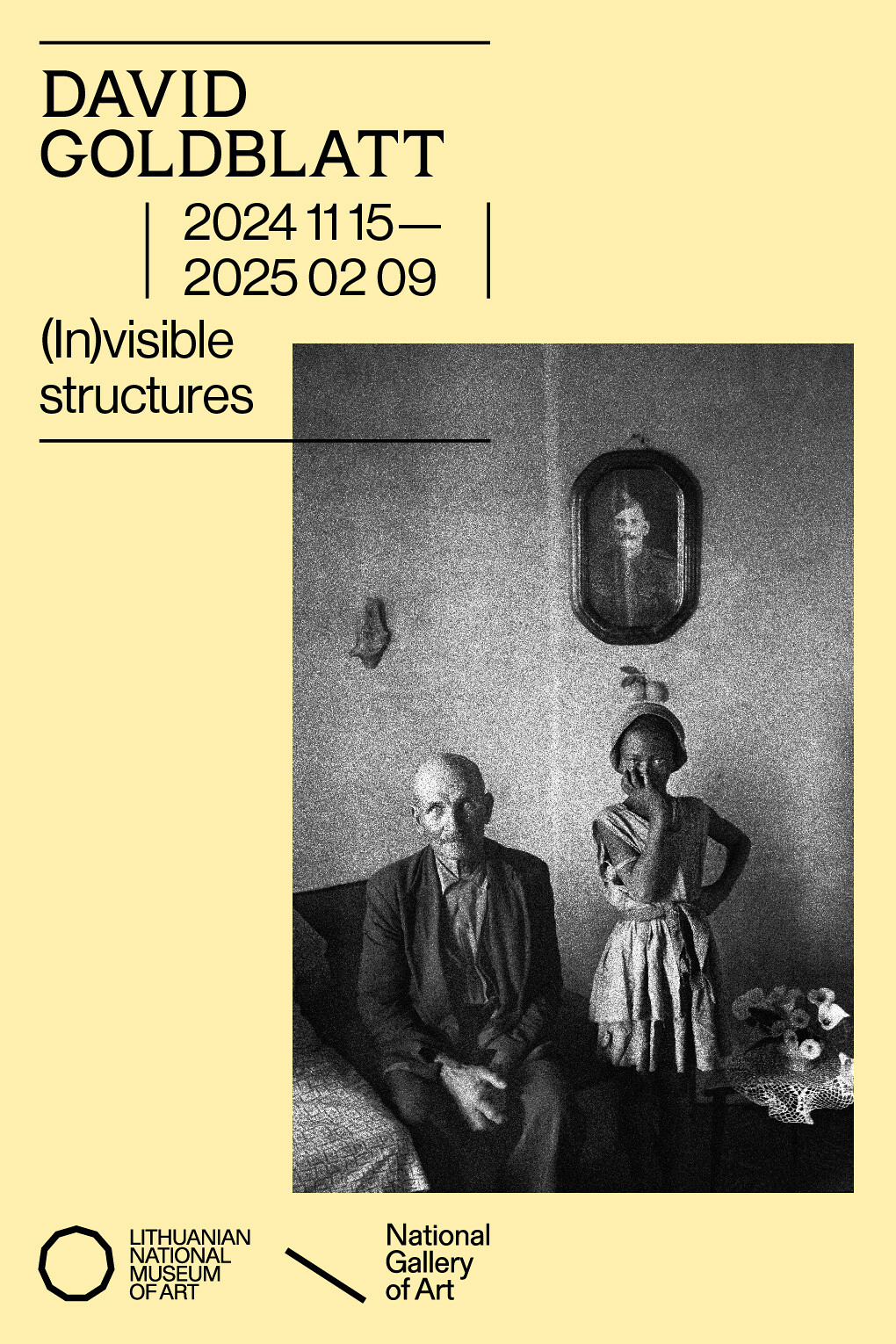Pedro G. Romero
Archivo F.X. : Business, Economics, Conjuncture
11 February–29 April 2012
Schlossplatz 2
70173 Stuttgart
T +49 711 22 33 70
info [at] wkv-stuttgart.de
From February 11 to April 29, 2012 the Württembergischer Kunstverein is presenting the project Archivo F.X. by Spanish artist Pedro G. Romero.
The project is based on an archive that Romero has been compiling since 1999. Within the archive are more than one thousand “entries” linking the history (histories) of anticlerical iconoclasm in Spain—especially from the 1930s—with international positions of the modern avant-garde. That is, each individual iconoclastic image document to be found here is recorded under the name of an artist, a movement, an institution, or a work from the avant-garde. Furthermore, each entry comprises textual fragments of varying origin, which alternately allude to the iconoclastic act documented by the image and to the author or work named in the keyword. In so doing new associative chains are generated.
Drawing from this continually expanding pool, Romero develops various ways of staging the Archivo F.X. that range from publications or multimedia objects to complex exhibition choreographies. These approaches also redraft the archive’s conceptual framework from ever-new perspectives.
The exhibition staging of the Archivo F.X.—specially conceptualized for the Württembergischer Kunstverein and subtitled Business, Economics, Conjuncture—is conceived as memory theater, archive, and imaginary museum in equal turn. Here the presentation predominantly revolves around the relations between iconoclasm and avant-garde, secularization and economics, money and the holy. Plundered churches, vandalized saints, or church-tower bells that have been smelted into weapons are related to Hugo Ball, VALIE EXPORT, or Joseph Beuys. A coin from which the word “Catholic” has been removed meets anti-globalization opponents. A machine that converts five-cent coins into effigies of saints meets Georges Bataille. And banknotes that were once expressly printed to disseminate the change of city names, which formerly had religiously connotations, are here associated with Marcel Duchamp, Cildo Meireles, or Salvador Dalí.
Taking the form of a walk-in montage—comprised of text-image-collages, photographs, audiovisual documents, objects, and all kinds of different artifacts—the Archivo F.X. interrelates the seemingly irreconcilable. In so doing, this veritable “archive machine” sets into motion a steady reconfiguration of things: the reconsideration of existing conditions, which are literally made to dance.
The exhibition fosters a special dialogue with the artists Hugo Ball and Emmy Ball-Hennings, Joseph Beuys and Alexander Kluge. Three rooms are dedicated to works by these artists, formally referencing the “Salon” (Ball/Ball-Hennings), the “White Cube” (Beuys), and the “Black Box” (Kluge). However, only sections of these three rooms are present. In other words: situated at the margins of the actual exhibition space, these three rooms expand the space along the lines of an imaginary continuation. At the same time, they spare the exhibition’s central area, which accommodates—again in a backstage-like situation—the various materials, objects, and arrangements of the Archivo F.X. Suspended between this “center” and its “peripheries” is a multifarious net of cross-references that evokes an interminable process of de- and recontextualization.
The exhibition Archivo F.X.: Business, Economics, Conjuncture has been developed in close collaboration with Romero as well as with the co-curator Valentín Roma (Barcelona). Various publications will be issued in conjunction with the exhibition.
For more information see: www.wkv-stuttgart.de


